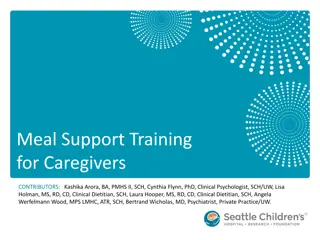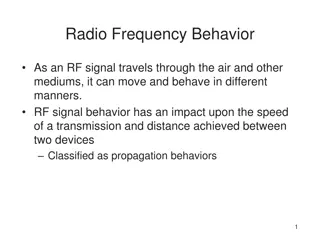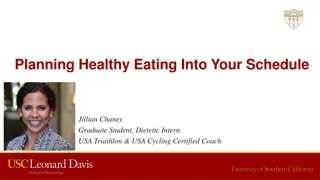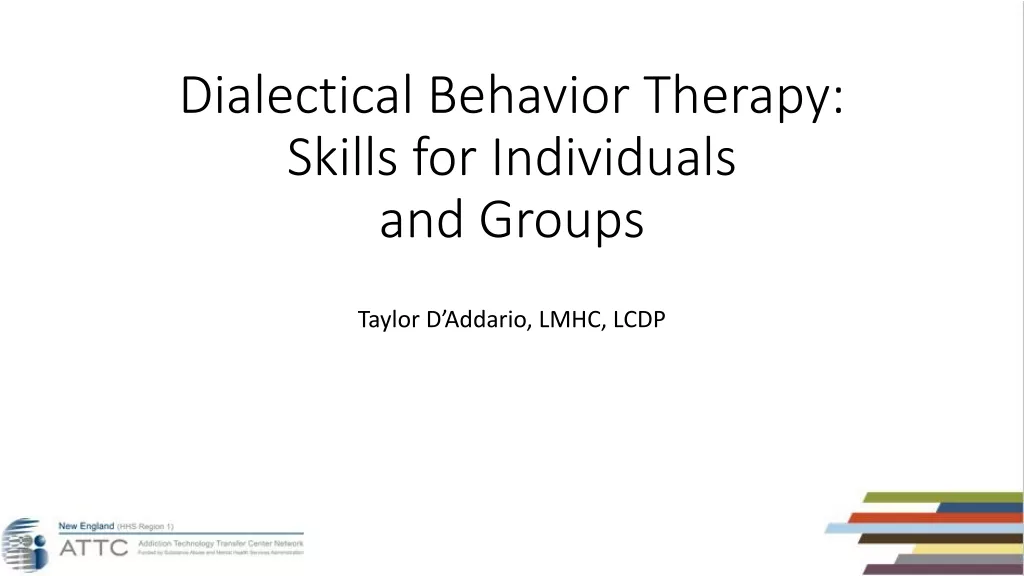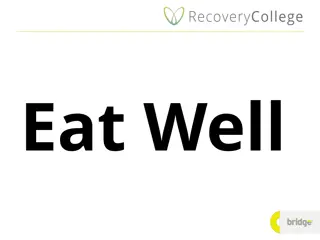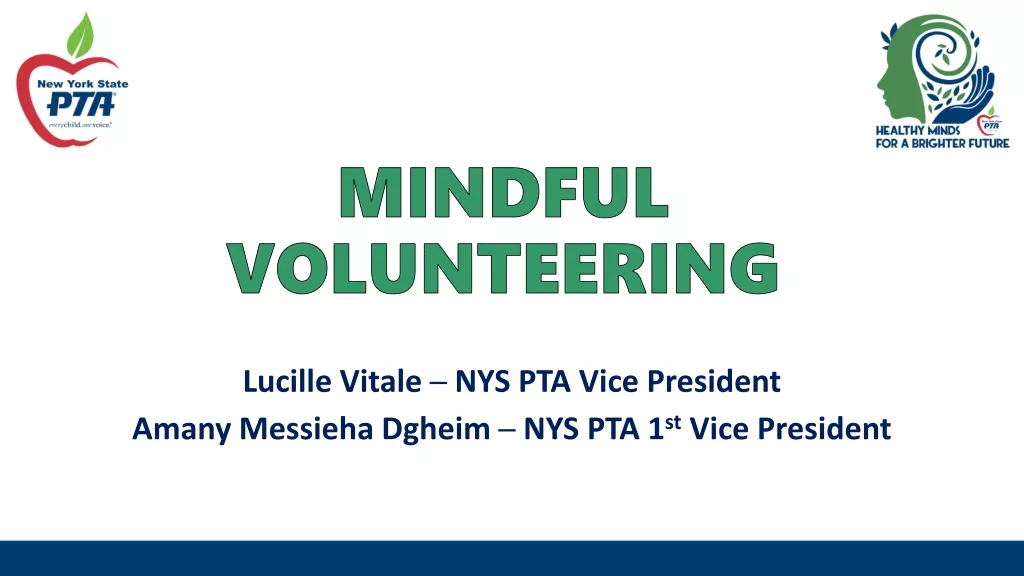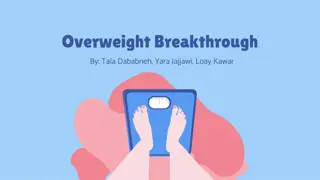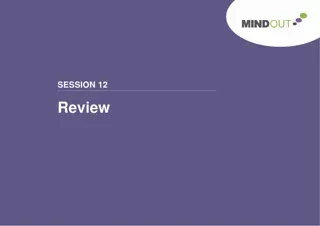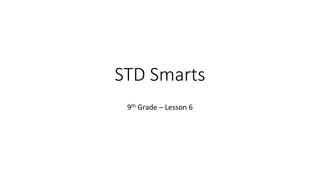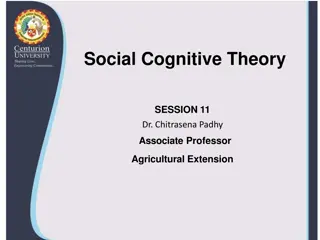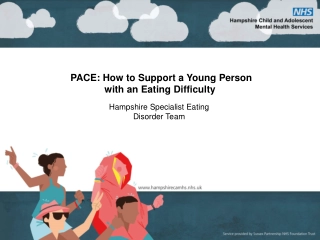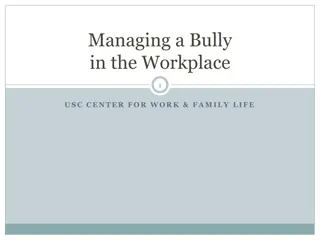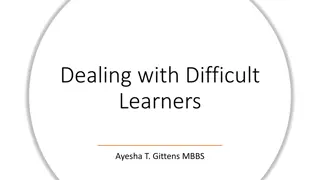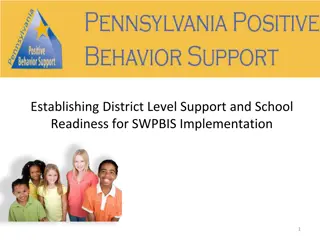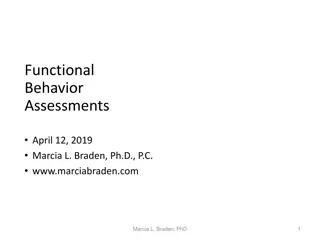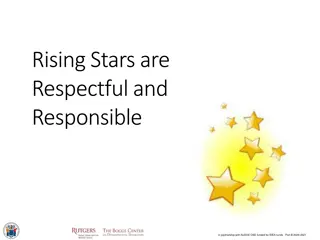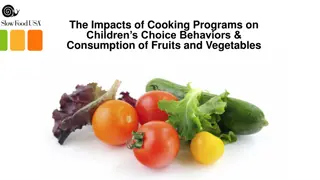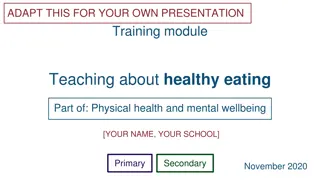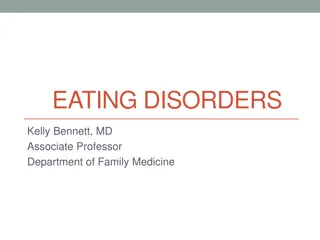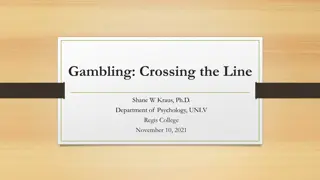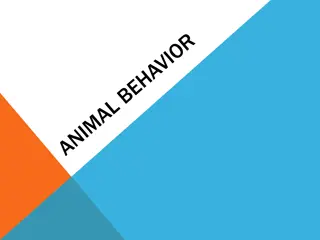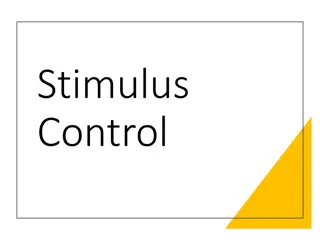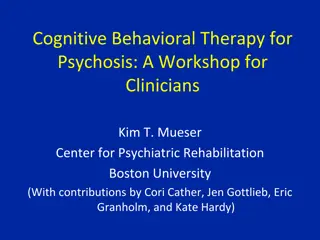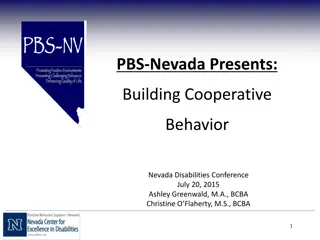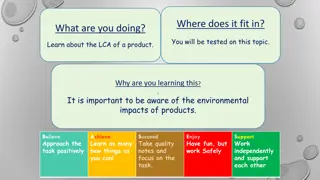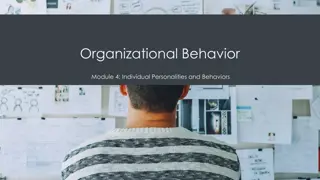Insights into Mindful vs. Mindless Eating Behaviors
Understanding the contrast between mindful and mindless eating through real-life scenarios and experiments reveals how external cues, portion sizes, and presentation influence our eating habits and perception of food. From unknowingly refilling soup bowls to pouring more liquid into certain glass shapes, these findings shed light on the importance of conscious eating practices to prevent overconsumption and promote healthier habits.
Download Presentation

Please find below an Image/Link to download the presentation.
The content on the website is provided AS IS for your information and personal use only. It may not be sold, licensed, or shared on other websites without obtaining consent from the author. Download presentation by click this link. If you encounter any issues during the download, it is possible that the publisher has removed the file from their server.
E N D
Presentation Transcript
Mindful Eating vs. Mindless Eating Debbie Lucus, MS, RD, CDCES dlucusrd@gmail.com
Question 1 How much more soup did people eat when their soup bowl kept filling up without their knowledge? A. 13% B. 53% C. 73% Answer: C just like if you were eating out of bag or box, without signal of how much, we can overeat
Question 2 When 2 glasses had the same capacity, into which glass did people pour the most liquid? A. short, wide glass B Tall, narrow glass Answer: A 25-30% more into short, wide tumblers in tall, skinny glass, looks like more
Question 3 How did the size of plate or bowl influence people s perception of amount when they were offered the same portion size? A. Made no difference in the amount they thought they ate B. Thought they ate more when served on large plate or bowl C. Thought they ate more when served on small plate/bowl Answer: C large dish makes portions look smaller
Question 4 How did the number of chocolates people ate from covered, desktop candy dishes compare when the dishes were clear vs. when the dishes were white? A. Same from both dishes B. Ate more from white dish C. Ate more from clear dish Answer: C 71% more (7.7 vs 4.6 candies) from clear dish
Question 5 At which location did people eat the most candy from a clear, lidded candy dish? A. corner of desk B. Top left-hand desk drawer C. On a file cabinet six feet from the desk D. They ate the same amount from all locations Answer: A 9 candies vs 6 (in drawer) vs 4 across room
We eat for many reasons Pleasure Stress Cultural Norms Comfort Fatigue Anger Boredom Social Anxiety Habit 7
MindLESS Eating Using external cues to shape our food choices and timing Eating because It s noon I see it it looks good It smells good I haven t finished what I was served It s free (or to get my money s worth) It is what I always do (i.e. go to the movies, need popcorn) 9
MindLESS Eating Focuses on the next bite and the environment Lowers awareness of amount of food you consume Can t assess hunger/fullness Disrupts mind/body connection Signals that regulate intake aren t sensed Leads to overeating 10
MindFUL Eating Eating with intention while paying attention Choosing foods you enjoy and that nourish your body Tuning all your senses into that food Aware of level of hunger and satiety Get more satisfaction out of less food Awareness of why I am eating: Comfort Emotions Sad, glad, mad . = Emotional eating 11
Eating Mindfully Mindful Eat-Mojis Rank your level of hunger before you eat and half way through the meal If you are a 6 or greater, then stop eating If <6, then eat slowly until you are satisfied 12
Slow down Give brain time to register that you are full Put utensils down between bites Sip water between bites Take small bites and chew thoroughly Finish chewing and swallowing before filling up fork again 13
Practice Mindful Bites Look at the food before you eat it Think about what it is, where it came from Note the color, texture, temperature Intentionally put it in your mouth Notice how it feels and tastes in your mouth Start to chew and notice how it changes Think about swallowing it before your swallow The experience is this bite not the next one 14
Environmental Control What are your cues? Chips in cupboard Goodies at the movies Drinks at social events Snacking after dinner Game night/Bunko Finger foods Dessert after dinner Boredom TV Buffets Options: Stay away from cue? Find a replacement? Get rid of the trigger food? Respond differently to cues? 15
Strategies to avoid mindless eating Set up your world to support your healthy eating behaviors Keep high fat/high calorie foods out of your house and work place At least keep them out of sight Keep lower fat/calories choices easy to reach, in sight and ready to eat Limit your eating to just one place Limit other activities when you eat 16
Strategies for Emotional Eating Be aware of why you are eating H A L T! Take a 10 minute time out Pause and observe Distract Express the emotion Learn your triggers Move Practice deep breathing 17
Respond in healthy way & create new habit Implementation Intention have a replacement for the unhealthy habit: if .then Feeling sad? I used to have Ben & Jerry s Now I listen to music Mad at my spouse? boss? BFF? I used to eat cookies Now I go for a walk 18
Stress & You Stress hormone, cortisol affects appetite-control chemicals and compromises the immune system Often turn to sweets/salty snacks Fuel with foods that build immune system: Reduce high fat foods (low fat, vegetarian diet can lower cortisol levels) Limit caffeine More vitamin B & C foods Whole real foods vs processed, sugary foods Exercise lowers cortisol levels 19
Tips to reduce stress Keep things in perspective don t sweat the small stuff, and it s all small stuff Deep breathing, meditation, prayer Move your body, go outside, enjoy nature Problem solve List the chain of events leading up to the stress How can you break the chain? Get support, call a friend, journal 20
Always hungry? Is it real hunger? Be sure meals are well balanced Small meals/snacks every 2-3 hours may work for you Limit processed foods Keep healthy snacks on hand and visible (i.e. veggies, fruits) Track your foods and mood (MyFitnessPal online) Have a signal that your meal is over close the kitchen Get moving Drink plenty of water 21
What is the bottom line? Set up your world to reduce chance of mindless eating Practice mindfulness: Listen to hunger & satiety Have mindful bites Recognize emotional eating and respond in more healthy way Eat more whole, real foods Move more!
Where to start? Choose 1-2 habits to change at a time Do you have a problem food cue you could get rid of? Do you have a positive cue you could add? Implementation intention: If _________, then I will _____________ When? ____________ Why? _______________ How will I make this happen? _______________ What will stand in my way? _________________ How will I get around that? __________________
SMART Goal Specific, Measurable, Achievable, Realistic, Time- bound I will eat mindfully SMART goal If I want to snack after dinner, then I will only eat it at the kitchen table When? After dinner Why? Reduce mindless eating in other areas of the house How will I make this happen? Talk to the family so they know we are only eating at the table What will stand in my way? Watching TV & eating How will I get around that? close the kitchen after dinner by brushing my teeth and flossing 24
Happy Summer! Debbie Lucus, MS, RD, CDCES dlucusrd@gmail.com



